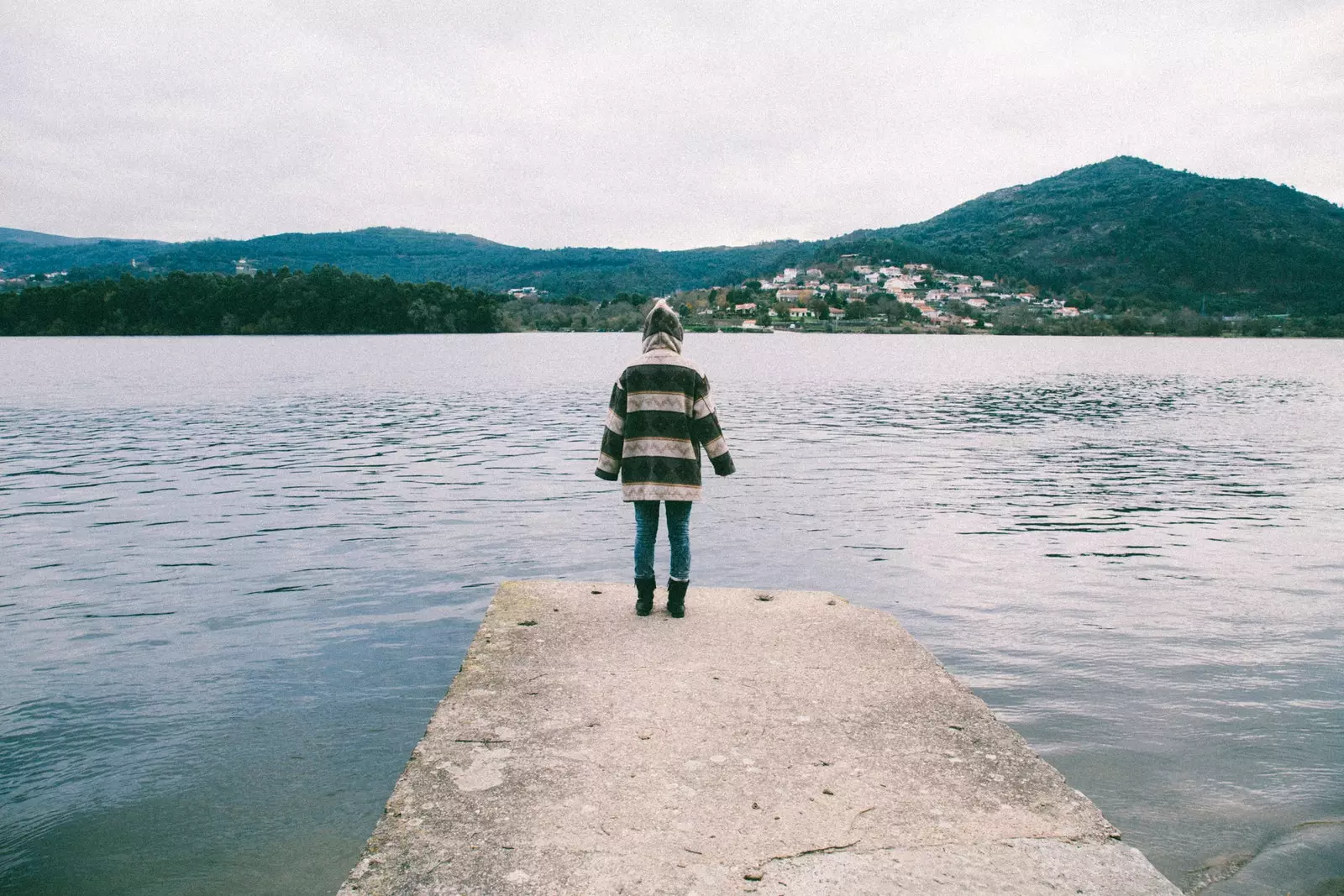
On one side, Galicia; to the other, Portugal
Commonly known as 'To Raya' , the border between Galicia and Portugal has more similarities than differences. Bathed by the river Miño in its westernmost part —where it is known as Wet Rain —, and crossed by the Serra do Xurés and La Peneda in the easternmost —where it becomes the dry raia —, this unique land is a join example , both because of its ancestral history and because of its language and culture.
Strolling through its villas and talking to its people will convince us once again that, on occasions, borders are imaginary ‘stripes’ . As the writer Méndez Ferrín said, “the men and women of La Raya were called 'arraianos'. And they still are." We enter this land united by a border.
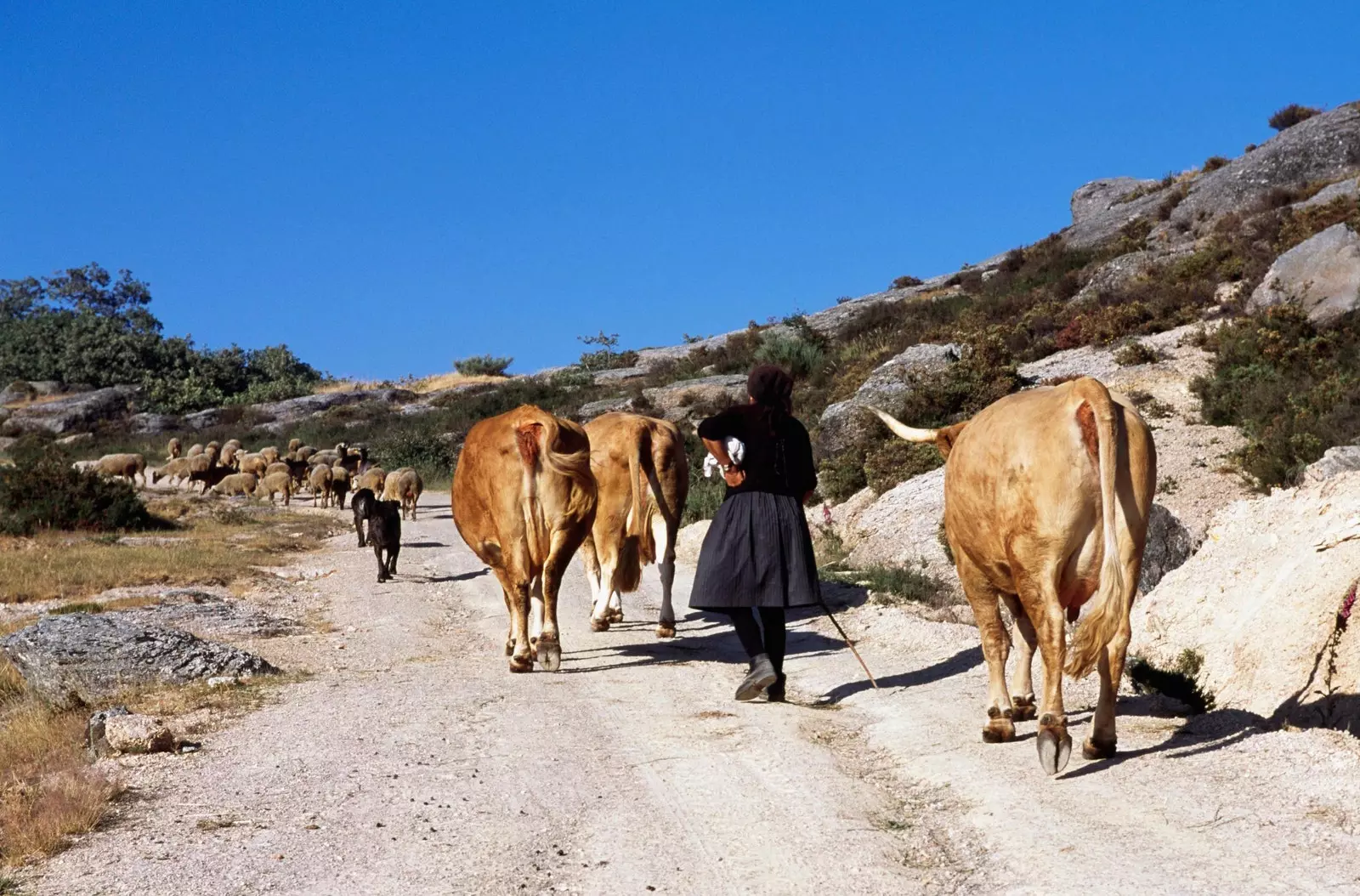
Castro Laboreiro
The best way to get around this region with historical connections is to do it by car and by jumping between one side of the border and the other. We start with the dry raia to then go to the towns with views of the Miño, known as "mirror cities".
THE DRY RAIA
It is almost impossible to make a mistake when choosing what to see in this area of the border . Dotted here and there by villages and rural towns, almost always with stone houses and cobbled floors, the Raia Seca does not seem to have changed much since its inhabitants dedicated themselves smuggling less than a century ago. Among some of its most beautiful places we find the following.
To Mosque and surroundings
Located almost where they divide Galicia, Castilla y León and the North of Portugal , this village of Ourense is a reflection of its geographical position. With its stone houses and the deciduous forests that surround it—which cover the area in shades of orange in autumn—A Mezquita is the ideal place to begin delving into the history of this region. Also, it has some perfect hiking trails for those who love to exercise in nature . Particularly noteworthy is the one that leads to the so-called Pedo two Three Kingdoms , an elevation of 1025 meters high that in the Middle Ages marked the exact border between the kingdoms of Galicia, Portugal and Castile —hence its name—. Also, near A Mezquita we have two natural parks: Montensinho and Vinhais.
Ancient “promiscuous peoples” and Couto Mixto
Heading a little further west, we find a region whose historical connection is not only more apparent, but even stronger. We speak on the one hand of the ' promiscuous towns ’, made up of the parishes of Soutelinho, Cambedo and Lamadarcos ; and on the other of Mixed Couto , three villages — Rubias, Meaus and Santiago — which came to form an independent republic between the 12th and 19th centuries. These six villages were built right in the middle of the border between the kingdoms of Galicia and Portugal, and it was not until 1886 —with the Treaty of Lisbon— that they were annexed, by obligation, to one or the other kingdom. (the Couto Mixto to Galicia, and the promiscuous towns to Portugal).
Today, a visit to any of these towns is well worth it, as they are still patent the connections that existed between both countries in this small piece of land , both social and economic, and often in the form of illegal activities such as smuggling. In addition, many of its inhabitants are still fighting today for its historical particularity to be recognized.
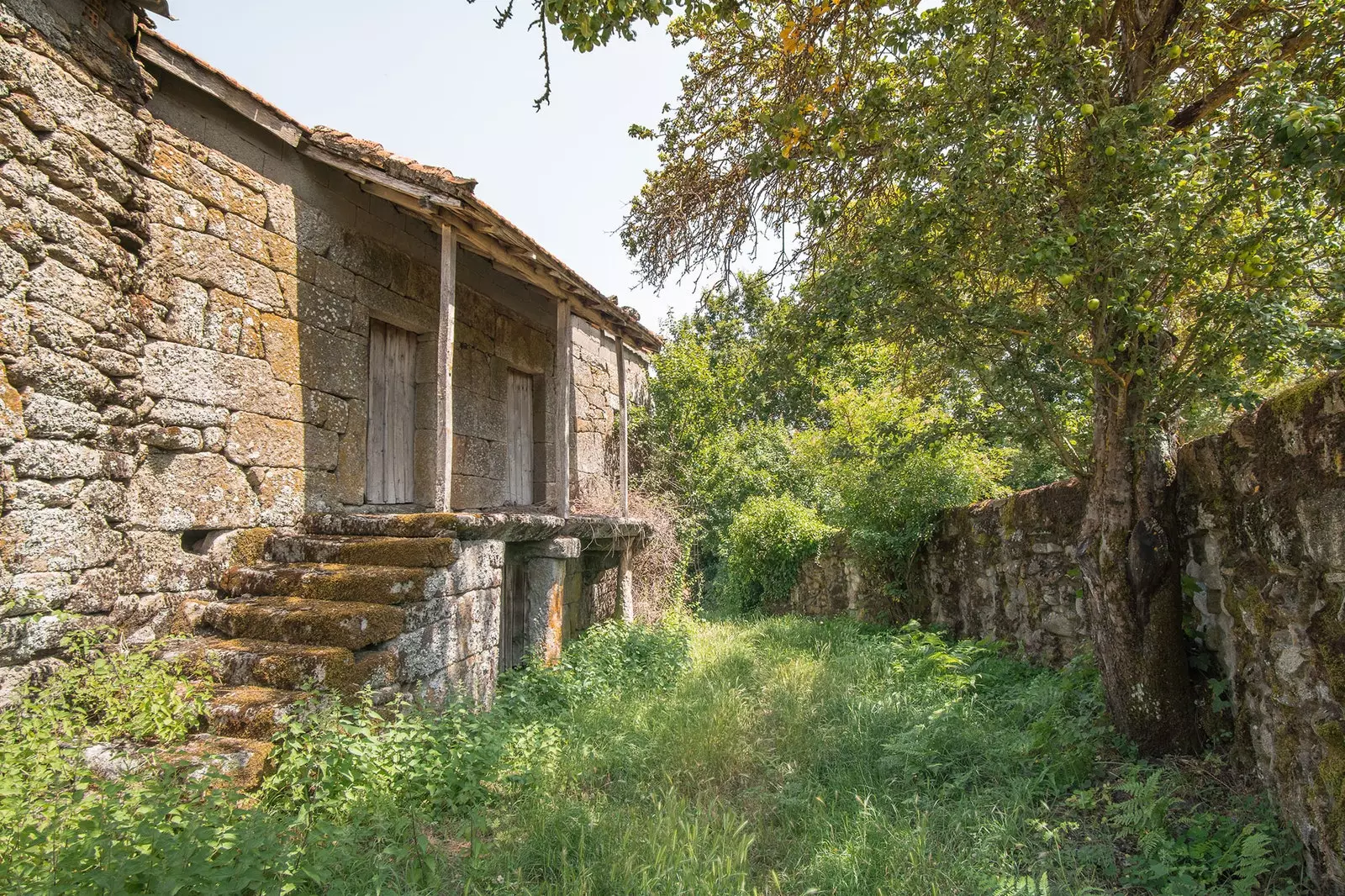
Mixed Couto, the history of what was
Pitões das Junias
Inside of the Sierra Peneda-Xerés National Park , in an impressive natural setting, we find Pitões das Junias . This village of well-kept stone houses is so beautiful that it seems like a fairy tale. It is worth strolling aimlessly through the streets that go up, down and zigzag. In addition, despite being a small and somewhat remote place, it has a lot of life, in part thanks to what is known as Taberna Celta, a bar whose name seeks the union of Celtic cultures not only on each side of the Raia. From time to time concerts are held , especially with local musicians, and has a great atmosphere. If what we are looking for are hiking trails, we have the National Park right next door, and the famous Pitões waterfall.
Hello
Also in the Xerés park, at the top of the mountain, we find the small and beautiful village of Olelas. To get to her there is only one unpaved road that crosses the mountains almost from a bird's eye view and with a spectacular landscape —although not very suitable for those who suffer from vertigo—.
In Olelas time does seem to have stopped , only the cars with French license plates remind us that many of its inhabitants emigrated to France in search of a better life, although some have already returned. Olelas is the perfect place for lovers of traditional music , since it is one of the villages where more people they know how to play the concertina, a diatonic accordion that still makes the people of this beautiful mountain village dance today.
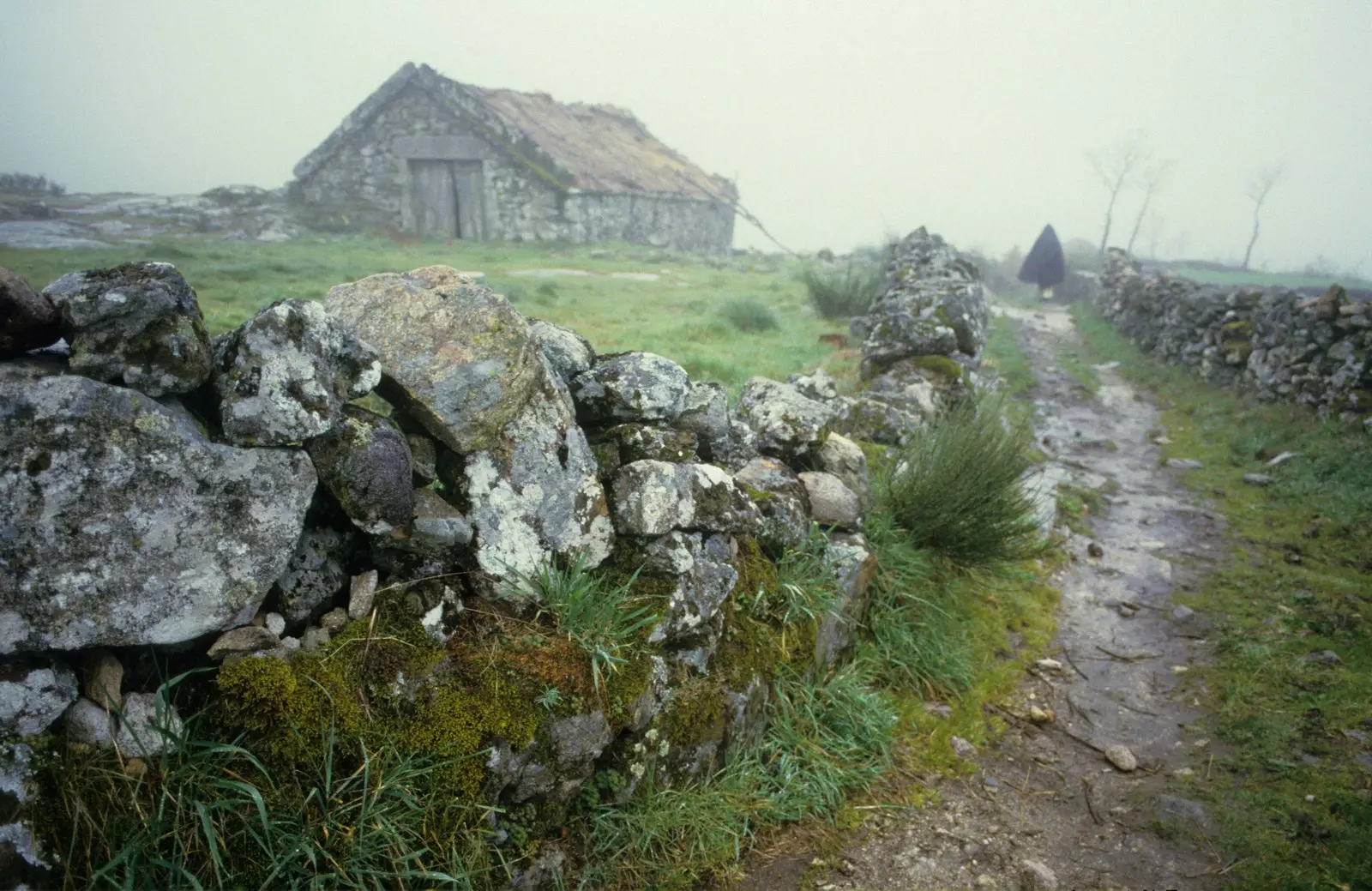
Pitões das Junias
Castro Laboreiro
Is portuguese village, which also draws attention for how well preserved it is, it is worth a visit not only for its beauty, but also for the castle that bears the same name, the Castle of Castro Laboreiro . This historical construction, founded by San Rosendo in the year 955, is located at more than 1000 meters of altitude , which allows the visitor to enjoy an impressive view of the mountains of Galicia. The village also has several restaurants, hotels and cafes, which makes it a perfect point of rest.
THE HUMID RAIA
Perhaps better known, thanks in part to the River Miño and its stories and legends (such as the one that claimed that the river whispers to you if you pay attention), the wet Raia has some of the most visited cities and towns by those who want to know both Galicia and Portugal . Many of these towns are known as "mirror cities" because, despite being separated by a river, some seem to mirror each other. But it's not just its cities, this area is also known for its wines and its weekly markets , to which people come from both sides. We see some of its most famous places.
Melgaco
Although it is located already in the humid zone of the border , Melgaço also has a past steeped in migration and smuggling, as was the case with the populations of the dry Raia. This village of just under 10,000 inhabitants is the perfect mix of tranquility and things to do. Highlights the castle located in its heart, built in the 12th century by the first king of Portugal to defend the area from possible enemy attacks.
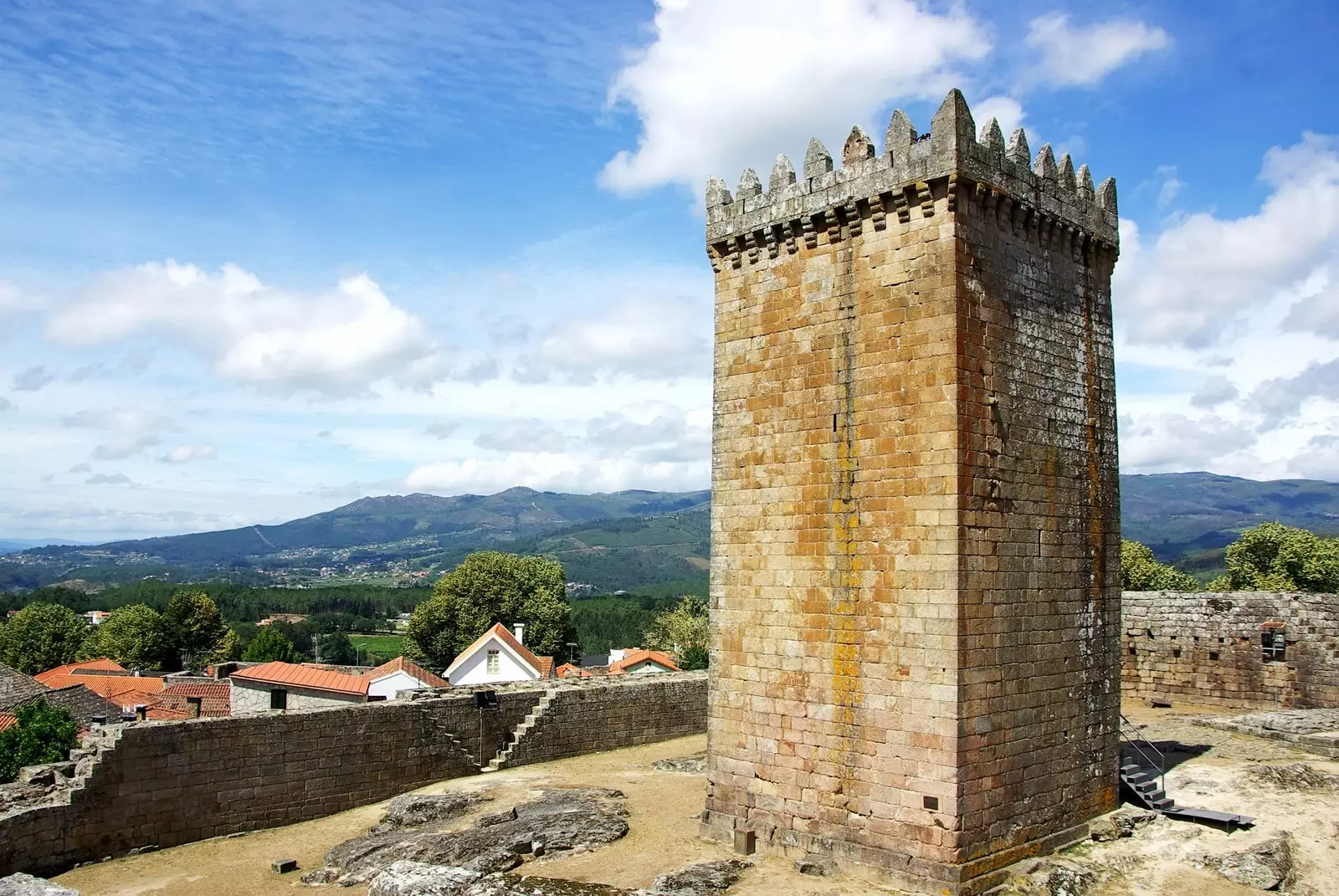
Melgaco
You can climb his tower, the Menagem Tower , to enjoy a privileged view of the area. But there are also vestiges of more recent history, such as those that can be seen in the small, but very well organized, Memory and Frontier Space . In this museum, Melgaço's past is shown, surrounded by stories related to smuggling and emigration. You can also visit the Film Museum who was born here because the critic Jean Loup Passek , decided to donate to this town, with which he had fallen madly in love, the objects related to the seventh art that he had.
Salvaterra de Miño
Already in the province of Pontevedra there is Salvaterra de Miño , famous for hosting the Salvaterra Castle -also know as Doña Urraca Castle in honor of this queen—, a construction named Well of Cultural Interest in 1949 . In addition to its fortress, the walking routes that can be done around the Miño river stand out, as well as a viewpoint with views of the river itself and Monçao, its 'mirror city', famous among other things for its market.
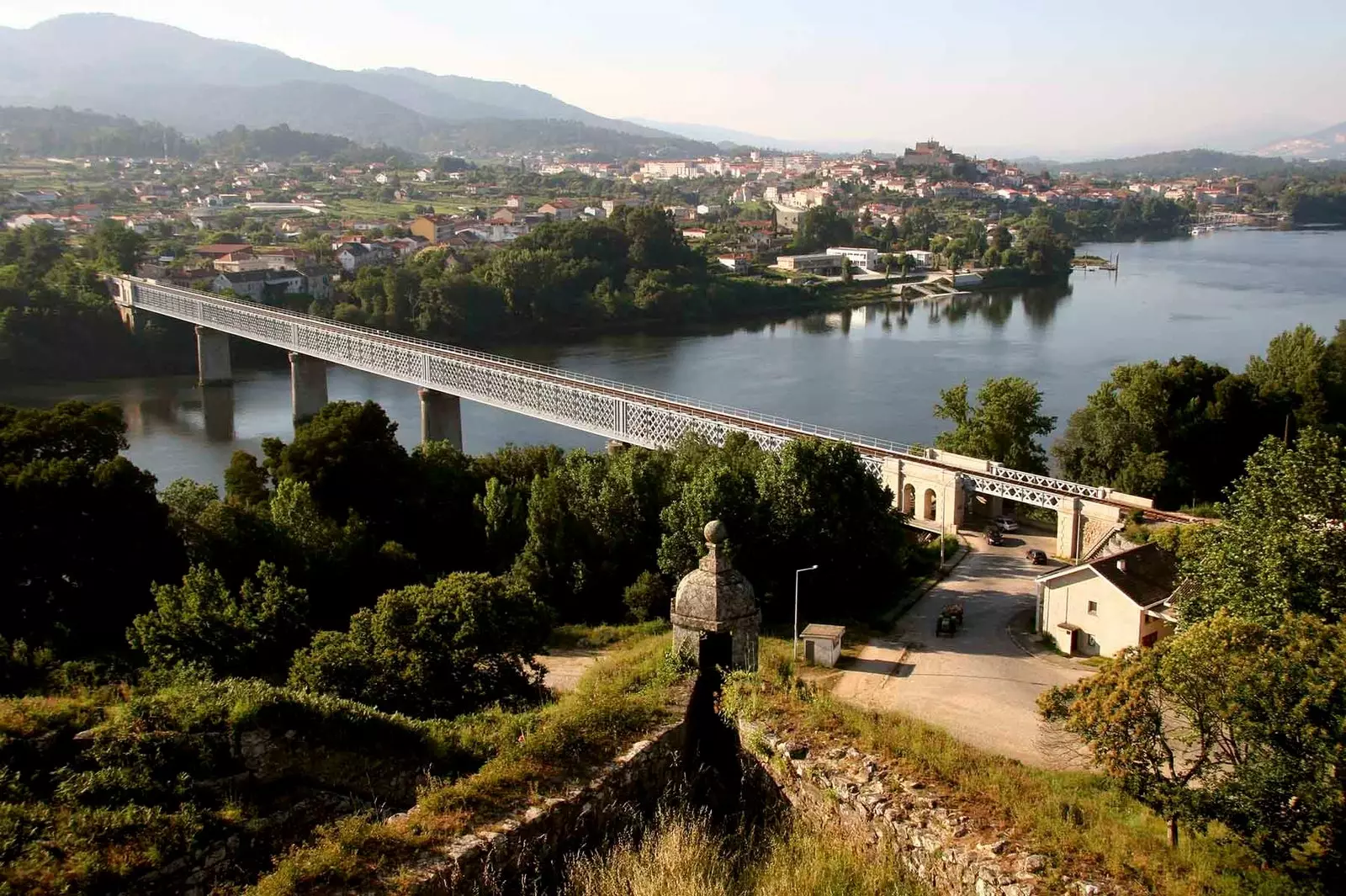
Valenca Bridge
Valenca
Another of those humid Portuguese ‘Raia’ cities known for the market and for being one of the places where Galicians went to buy sheets and towels for their quality and price. Even so, Valença is above all of historical rather than commercial interest. The villa, which is located within a 17th century fortress , is very well preserved and allows you to perfectly imagine how the inhabitants of this area would have lived centuries ago. Walk through its narrow stone streets, and have a drink in one of its many bars ( some with views of the Miño) it's a real wonder.
You
The 'mirror city' of Valença It is one of the most important historical cities of Galicia. With a very well preserved old town, and being one of the fundamental points of the Camino de Santiago, Tui is perfect for those who enjoy history and medieval constructions. Particularly noteworthy is its cathedral, that of Saint Mary of Tui , an imposing stone building that you can climb to its roof to enjoy the view of the Minho and, in this case, from Valença.
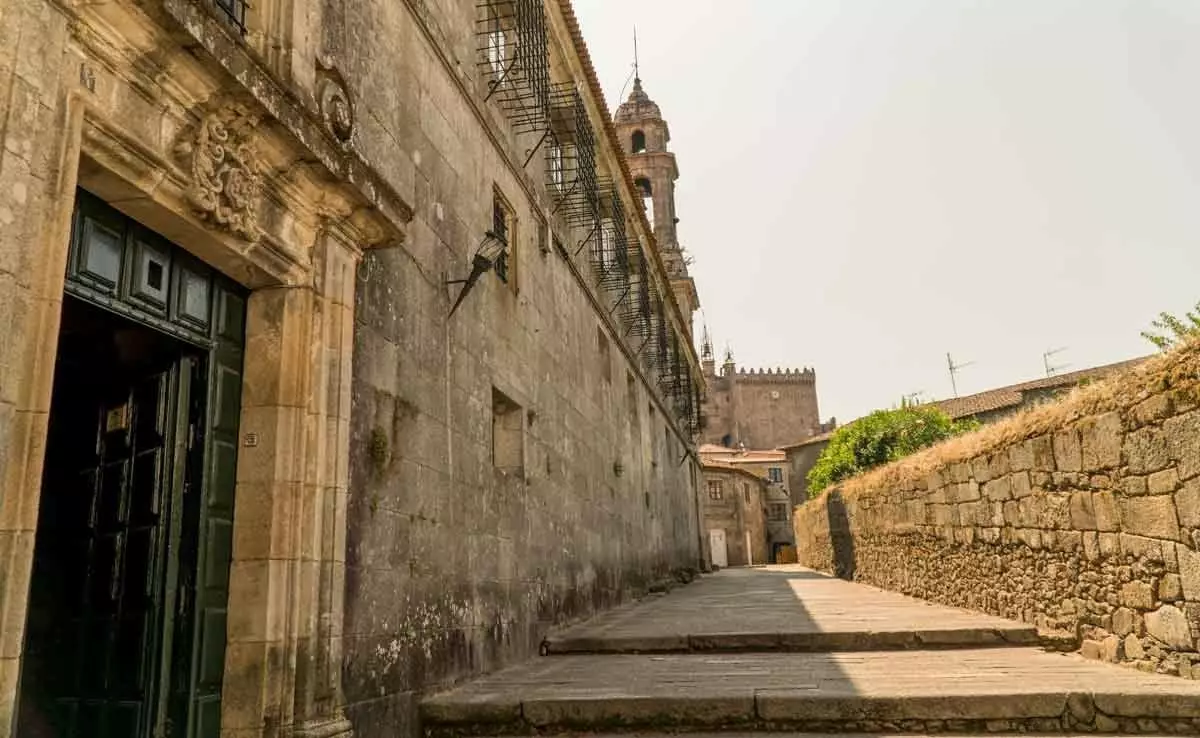
Oliveira Street (now Las Monjas Street), in Tui
Vilanova da Cerveira
One of those Portuguese villages where peace is breathed. Vilanova da Cerveira —whose name some say comes from a large colony of deer that lived in the surroundings of the city—, is a perfect place to walk along the banks of the Miño, have a coffee or enjoy some of the concerts that are offered in its square main —especially in spring and summer—. His 'mirror city', Goian , it looks a lot like her, and you can see it from the heights in the famous Mirador do Cervo . In this viewpoint there is also a very famous swing that delights children and 'instagramers' —and so famous that these days it has been temporarily closed due to excess capacity—.
To Guard
Already at the westernmost point of the Raia we find A Guarda. This city is famous above all for its incredible historical and cultural heritage, among which the Santa Trega mountain stands out, with impressive views of the Miño and the Atlantic Ocean —as well as an overview of the towns of Galicia and Portugal—. Furthermore, at the top of this mountain is one of the best preserved Celtic forts in Galicia, dating from the 1st century BC. What better place to end a journey between two lands than at the mouth of a river, where all the waters become an immense sea.
